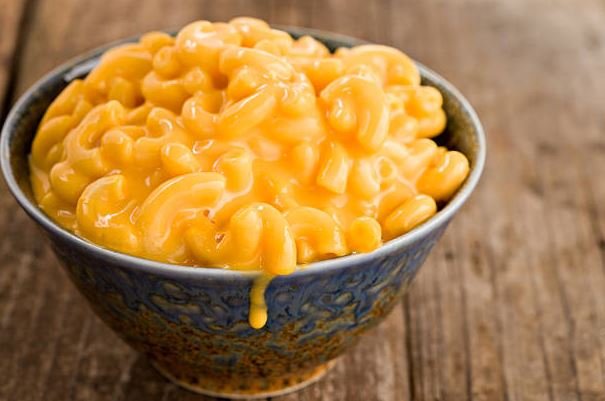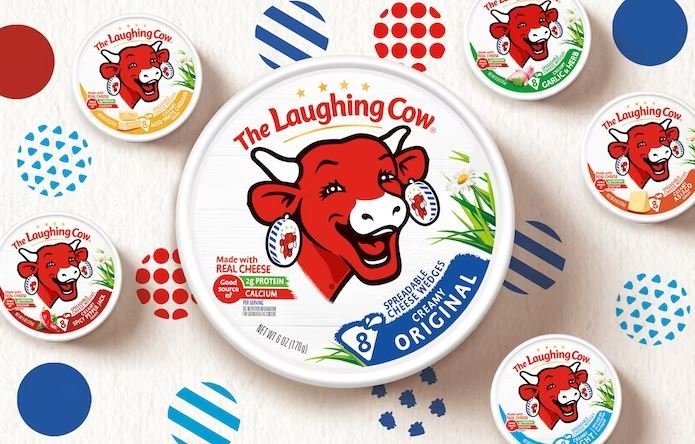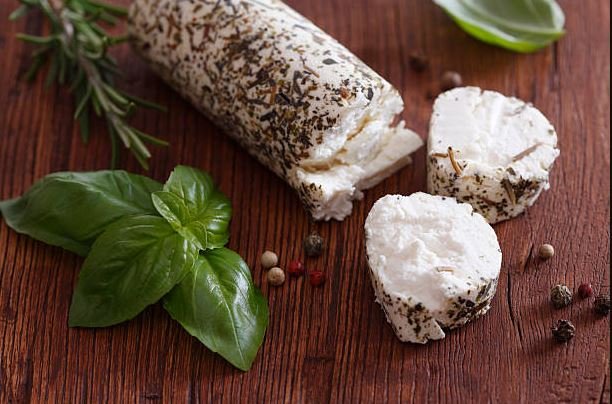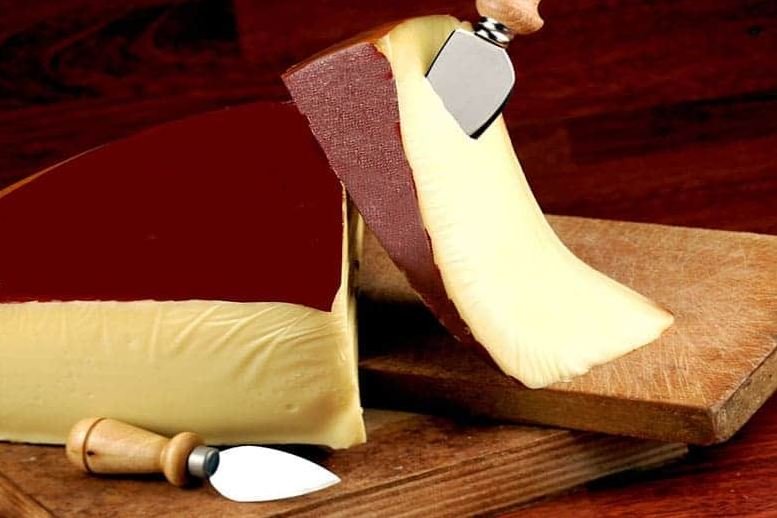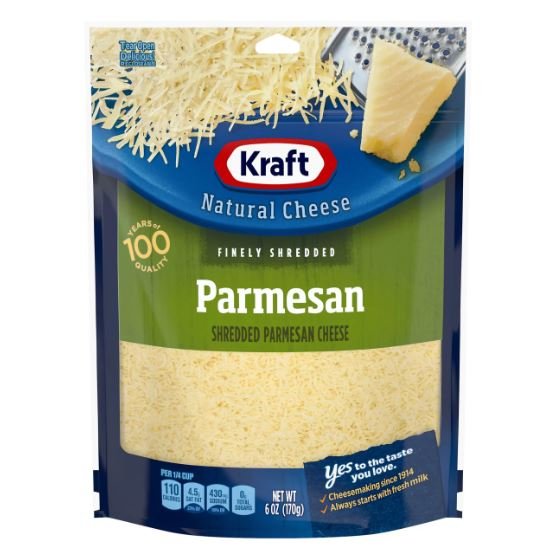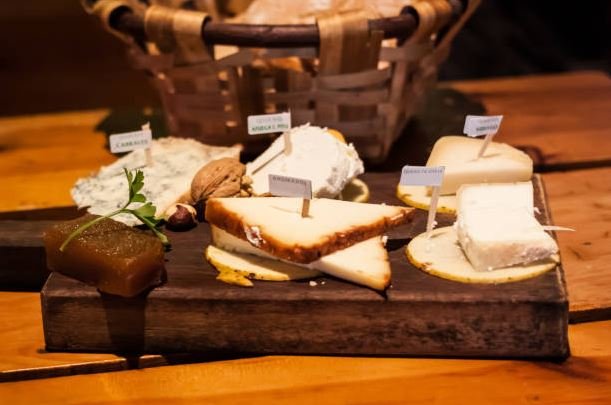You have gotten some bread, crackers, and Brie cheese over for dinner and are still trying to figure out what to do with the rind on your brie. Can you eat the outside of brie cheese?
The choice is yours since eating the outside of your brie cheese is safe. The rind on your brie cheese is just an encasement that protects your cheese and comes in several flavors. It is edible; you can eat it with the soft part of the brie cheese.
Knowing what part of your food products to consume is crucial, especially if you’re the type that loves trying different meals. As it relates to brie cheese, you’ll learn more about its rind, its benefits, and how to scrape it off if you’re uncomfortable eating it.
What Is The Outside Of Brie Cheese, And Can You Eat It?
The outside of brie cheese is called a bloomy rind or Penicillium candidum; yes, you can eat it. It is made of Penicillium camemberti, a harmless fungus that also protects the interior part of the brie cheese. The rind is important to brie cheese because it helps cheese identification.
Exposing your brie cheese to air will cause mold to grow, resulting in a hard and dry surface. Plus, the outside of the brie cheese contributes to the texture and flavor of the cheese, so you will deny yourself a flavorful brie cheese if you scrape off the rind.
Eating the rind is completely safe, even though it is moldy and hard. However, if you are allergic to penicillin, the outside of brie cheese is not for you. Just trim off the rind or slice it off to have the interior part of the cheese.
Below are the different ways rinds form.
1. Molded Rinds
These are rinds that are formed by molds. Firstly, put the brie cheese in a mold to take shape. Then, expose the rind to air a room temperature. Mold will start growing on the cheese, which is suitable for consumption and contributes to the cheese’s flavor.
2. Flavor-full Rinds
If you want the outside of your brie cheese to give you a particular flavor, you can add that flavor to the cheese, and the result will be just what you want. You can add cocoa, cinnamon, etc., to your cheese.
3. Rinds From Cheesemaking
These rinds are usually hard, but they are safe and edible and give so much flavor. You can use it as a soup thickener.
Should I Remove The Outside Layer Of Brie Cheese Before Cooking?
Whether you should remove the outside layer of brie cheese before cooking entirely depends on you. The outer layer of brie cheese is called a bloomy rind; it is not harmful for consumption but acts as a protective case to the soft part of the cheese.
The outside layer of brie cheese is organic and adds flavor to your meal. If you remove it before cooking, you may take out what would have made your meal more delicious. However, you can substitute it with other ingredients.
How To Remove Rind From Brie
Perhaps you don’t want to eat the outside of your brie cheese, and you want to remove it; I will show you two methods you can follow to scrape the rind off your brie cheese.
Method 1
For this method, you need a potato peeler and knife. Follow the steps below to learn how to remove the rind from your brie.
Step 1: Place the pack of your brie cheese box on a surface and uncover it.
Step 2: Use the potato peeler to peel off the rind.
Step 3: If the mold is still on the body of the cheese, use a knife to scrape it off.
Step 4: You are done with scraping the brie cheese, cut it into your desired size, and serve.
Method 2
Step 1: Cover the entire brie cheese with plastic food wrap. Endure that there is no space for air after covering it, and the seal is wide enough to cover the brie cheese. This will maintain the texture of the brie cheese and cause it not to lose its flavor.
Step 2: Put it in the freezer for a minimum of 45 mins so that the rind will separate from the cheese when scraping. Keep in mind that the cheese should not be blocked but firm, as soft cheese will not be suitable for scraping. Also, putting the cheese in the freezer for a long time may change its flavor and texture.
Step 3: After 45 minutes, bring out the cheese from the freezer and uncover it.
Step 4: Slice off the top and bottom layers of the mold on the cheese with a knife. If you cannot cut off the rind from the cheese, cover it and put it in the freezer so it can be firmer. After about 30 mins, you can bring it out and repeat the process.
Step 5: Start by trimming the sides of the flat brie cheese. You can place the brie cheese on a cutting board to easily trim it. If you notice the cheese sticking to the rind as you are scraping, wrap it again and put it in the freezer.
Step 6: Your cheese is ready to serve.
Frequently Asked Questions
Does The Outside Of Brie Cheese Taste Good?
The outside of brie cheese tastes good and nutritious. The taste of brie rind is similar to that of mushrooms; its physical look is white, moldy, and hard. The outside of brie cheese protects its interior part against micro-organisms. If the rind has a stronger smell from staying too long, it is safe.
Is The Outside Of Brie Cheese Good For You?
The outside of brie cheese is good and safe for you. The mold on the cheese does not affect you in any way. However, if you are allergic to penicillin on the brie cheese rind, you don’t have to eat it, so you will not be affected. But you may miss out on the creamy taste that it gives.
What Is Brie Cheese Rind Made Of?
Brie cheese rind is made of Penicillium candidum. It is a white mold that grows on the body of the brie cheese; this makes the rind flavorful. The rind is not harmful for consumption; hence it is edible. The outer layer of the brie cheese is moldy and has a mushroom taste. You can either eat or remove it.
Conclusion
The outside of the brie cheese is rich and tasty. But if you decide not to eat it, you can trim off the rind from your brie cheese, and this article explains how you can do that. What matters is how well your meal comes out, not if you trimmed the rind or not.




